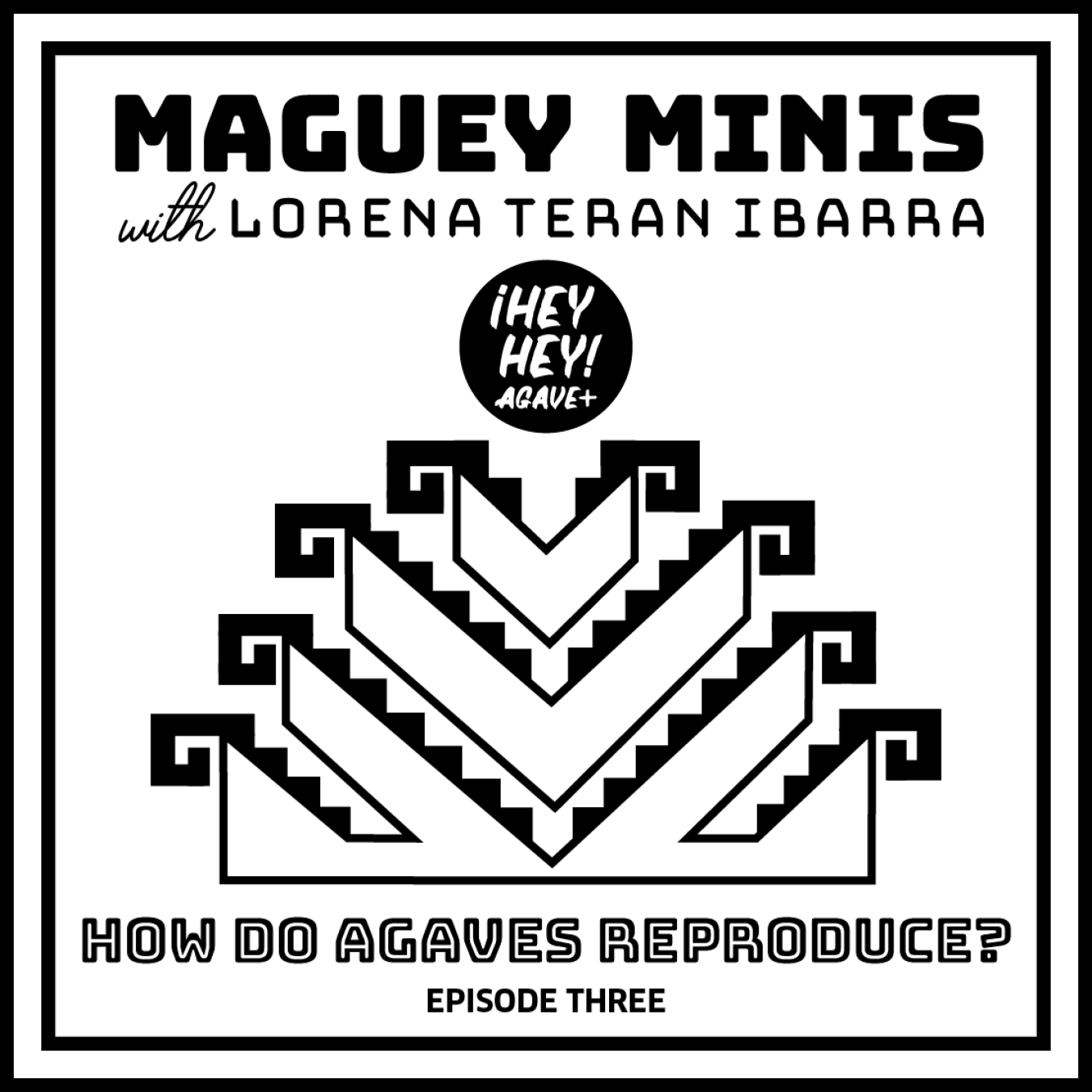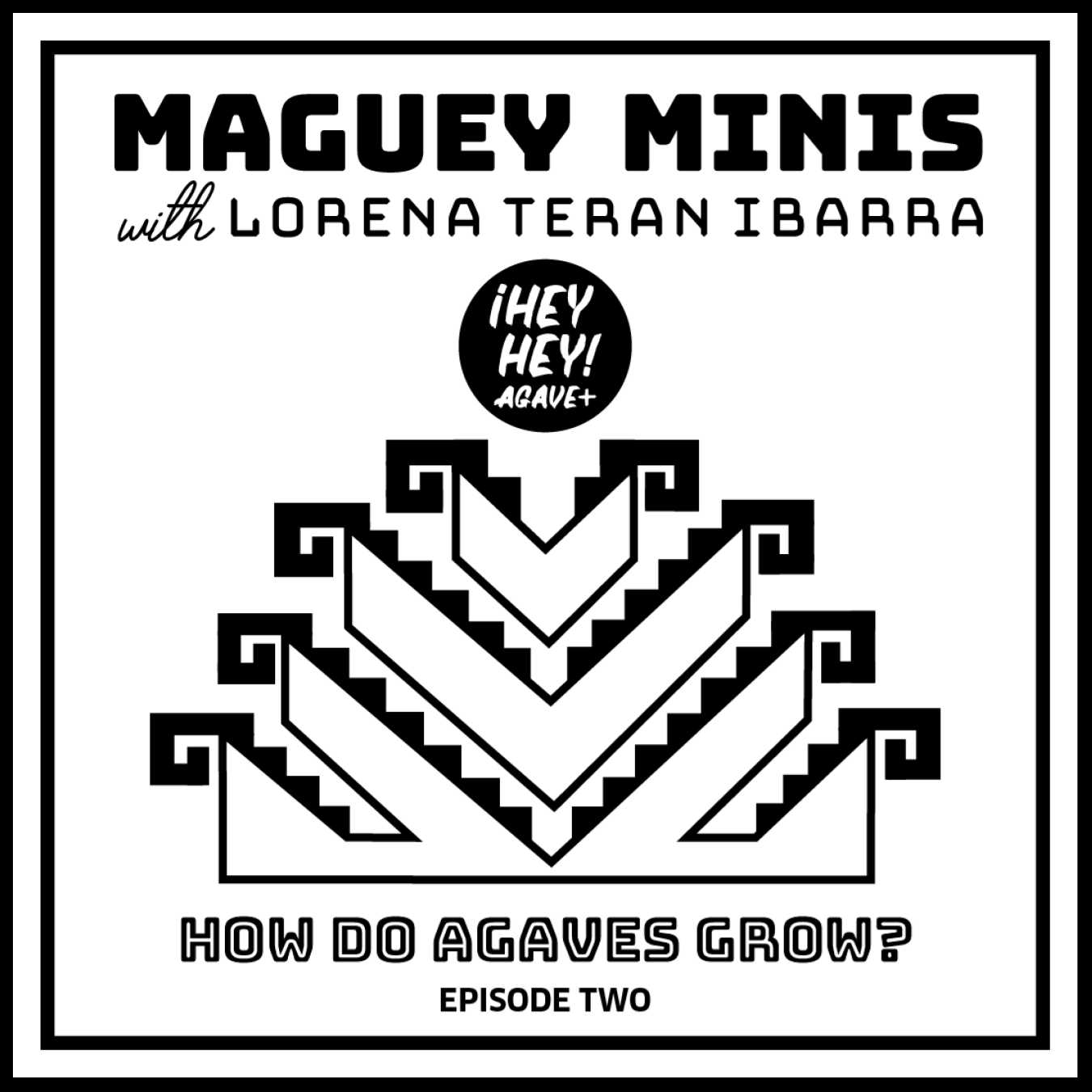Your Cart is Empty
free shipping $300+

2 + Dave Lather
In this episode, we take a deep dive into the many uses and cultural significance of agave plants in pre-Hispanic culture. Dave explains why this historical context is important to know when talking about Mezcal today. We also discuss two pre-Hispanic beverages: Aguamiel and Pulque (both of which are still harvested and made today!).
Dave Lather is one of the strongest advocates of artisanal mezcal and Latin American Culture that we know. Dave is the North East Market Manager for 3 Badge Beverage Corp. He studied history and archaeology at the University of Maryland before getting into the spirits industry. He has a deep interest in pre-hispanic history and culture and is currently studying the indigenous language, Zapoteco.
¡Hey Hey! Agave is dedicated to all things agave. Join us for conversations with industry experts, enthusiasts, producers and educators as we discuss the fascinating world of agave spirits.
¡Hey Hey! Agave is a podcast from TUYO NYC
Music: Milagro Verde @milagro_verdebk
Production: Sabrina Lessard and Gabriel Velazquez Zazueta
Editor: Brittany Prater

1. Sol de Vega, Oaxaca (link)
2., 3. Agave Americana, var. Oaxacensis, common name: Coyote (link)
4. Example of conoa and mazo (photo credit: Dave Lather)
5. Placing the mash in clay pots to ferment (photo credit: Dave Lather)

6. Image from Codex Zouche Nuttall ( most likely 14th century) Agave coming out of the throat of the founding ancestor king. (photo credit: Dave Lather)
7-9. Scraping the fibers from the penca (leaf); dried fibers. (link)
10-11. Sewing tools, traditional Charro embroidery using agave fibers.
12. Paper made from agave pulp. (link)

13. Freshly harvested aguamiel (link)
14. The center of the agave after being carved and scraped starting to collect the aguamiel. A plant can produce up to 4-6 liters a day at the height of production. (link)
15. Illustration depicting the various stages required to produce pulque. (link)
16. Agave, aguamiel, pulque (link)
17. Historical image of the traditional harvesting of aguamiel by thetlachiquero (link)
18. Pulque (link)
19. Current image of a tlachiquero harvesting aguamiel using a centuries-old technique. (link)


